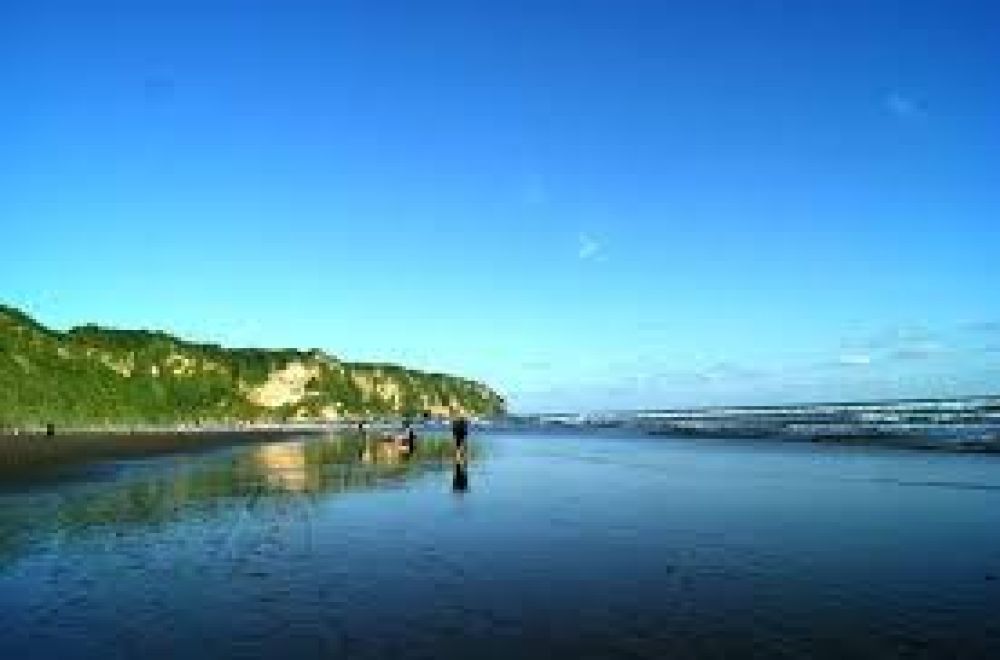

Parangtritis Beach has long been a cornerstone of the tourism landscape in Yogyakarta, Indonesia. Its history as a tourist destination dates back to a time when travel was a luxury afforded by few, and has since evolved into a beloved spot for local and international visitors alike. Located approximately 27 kilometers south of Yogyakarta city, it is renowned for its dramatic landscapes, mystical allure, and cultural significance.
The origins of tourism at Parangtritis Beach can be traced to the early 20th century. It gained popularity as a seaside resort during the Dutch colonial era. The Dutch colonists, who were stationed in Yogyakarta and other parts of Java, would often visit the beach to escape from the routine and the tropical heat of the inland areas. The enchanting sunsets and the therapeutic properties of its sand and waves played a considerable role in its attraction.
Following Indonesia's independence in 1945, Parangtritis Beach continued to draw in visitors. The Indonesian government recognized its potential and started to develop infrastructure to support tourism. Accessibility improved with better roads, making it more convenient for tourists to reach the beach from Yogyakarta. Consequently, Parangtritis Beach became a go-to spot for locals seeking recreation and spiritual fulfillment, as well as for international tourists on the lookout for Indonesia's natural beauty.
Parangtritis Beach is not just a beach; it is steeped in Javanese mythology. It is believed to be the domain of Kanjeng Ratu Kidul, the Queen of the Southern Seas, a key figure in local folklore who is said to rule the waves and sometimes claimed to be a protector of the city of Yogyakarta. This belief continues to influence the tourism scene, with many cultural and spiritual activities tied to the reverence of this mythological figure. Tourists are often captivated by the spiritual aura and the mysterious atmosphere of the beach.
In recent years, Parangtritis Beach has embraced modern tourism trends while maintaining its cultural heritage. Adventure activities such as paragliding, sandboarding, and horseback riding alongside the beach have become popular. Local authorities have also integrated ecotourism principles to promote sustainability in the area, with initiatives to protect the marine ecosystem and reduce pollution.
The development of social media has also played a pivotal role in the evolution of Parangtritis Beach's tourism. Stunning photographs and travel logs shared across platforms like Instagram and Facebook have made the beach more appealing to a younger, digitally savvy audience. Hospitality businesses in the area have harnessed this trend by offering picturesque accommodations and creating 'instagrammable' spots to attract tourists seeking the perfect shot for their social media feeds.
The future of tourism at Parangtritis Beach looks promising. With its deep cultural roots and ever-evolving attractions, it is poised to remain a cherished destination for those who seek a blend of history, culture, and natural beauty. The local government continues to explore ways to develop the area sustainably, ensuring that Parangtritis Beach will captivate visitors for generations to come.